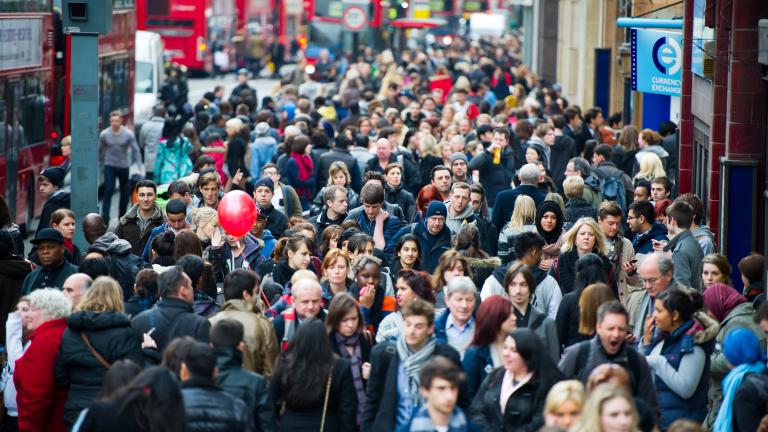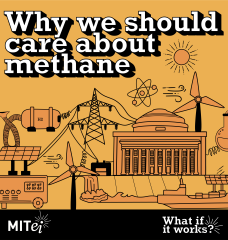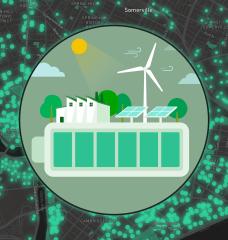
Addressing climate change is a daunting challenge, and the sheer magnitude of the issue can make it hard for individuals to know where to start when trying to help. A common question we hear is “what can I do?”.
Portal user Rachel Cuthbertson wrestled with this question when she asked how she could help. In a recent post, she wrote:
“I don't know how to help but know I want to [which is a] common feeling amongst friends and family. I am learning about the scale of change necessary for survival and am unsure if WE can [change]... I have some experience of facing an uncertain future, adapting accordingly and coming out the other side stronger and more resilient while bearing scars from the battle. If I can help, I will.”
While there is certainly no single right answer to the question “how can I help,” often the most effective way to make a difference is through collective action. Several voices are stronger than one, and coordinating with others who share concern and a desire to help can be incredibly powerful.
Here’s a story from ESI Program Director Laur Hesse Fisher on how she was able to leverage collective action to make a difference in her neighborhood.
My husband and I own a twin house in Philadelphia, PA. When we moved in, it was a no-brainer to pick 100% wind electricity through our energy supplier -- the rates were competitive with the standard electricity rates and we were committed to doing our part to neutralize our carbon emissions. As our hot water and heat is powered by gas, we looked into replacing both with an electric heat pump, which would mean our whole house is powered by 100% renewable energy. When we looked into the costs of doing that, we had sticker shock: it would cost us at least $10,000 to do this, and the incentives offered through the state wouldn’t bring the price down enough to help us afford it financially. We debated back and forth -- until we realized that our making this very expensive shift would be a (fraction of a) drop in the bucket compared to the problem of climate change. Was there a more cost-effective way for us to reduce emissions?
I thought -- if I am able to have my neighbors switch their home electricity use to 100% renewable energy, would that be a more effective and cost-efficient way to reduce emissions?
Here are my rough calculations:
- In the last 12 months, we used 646 Ccf to heat our home. According to EPA’s Carbon Footprint Calculator (which is my go-to for super quick calculations), that translates to 7,724 lbs. of CO2.
- I have 38 houses on my block. My electricity supplier says that, in the last month, my neighbors averaged 554 kWh/month. I’ll use this as a conservative estimate of monthly use throughout the year, as winter electricity usage is typically lower than summer usage (due to air conditioning). Plugging into the EPA calculator (which doesn’t account for PA’s specific energy supply makeup, but I’m just doing rough numbers here), that would be 6,695 lbs CO2 per year per house.
These back-of-the-napkin calculations suggest that the CO2 emissions associated with our annual gas usage is very similar to our neighbors’ annual electricity usage.
If I were to inspire even just one neighbor to switch to 100% wind electricity, then I would have roughly offset the emissions associated with my home gas use. And each additional neighbor that does so, doubles that impact.
There are a few caveats to this -- first and foremost, these numbers pale in comparison to the impact I could have if I joined others in efforts to clean Pennsylvania’s entire electrical grid.
Yet this is something that I can do relatively easily and very cheaply. It demonstrates a line of thinking: it is more effective (and cost effective) to think and act collectively than to focus on what I as an individual can do.
So what do you think? Let’s have this important conversation about how we can all make a difference. Leave a comment below.






